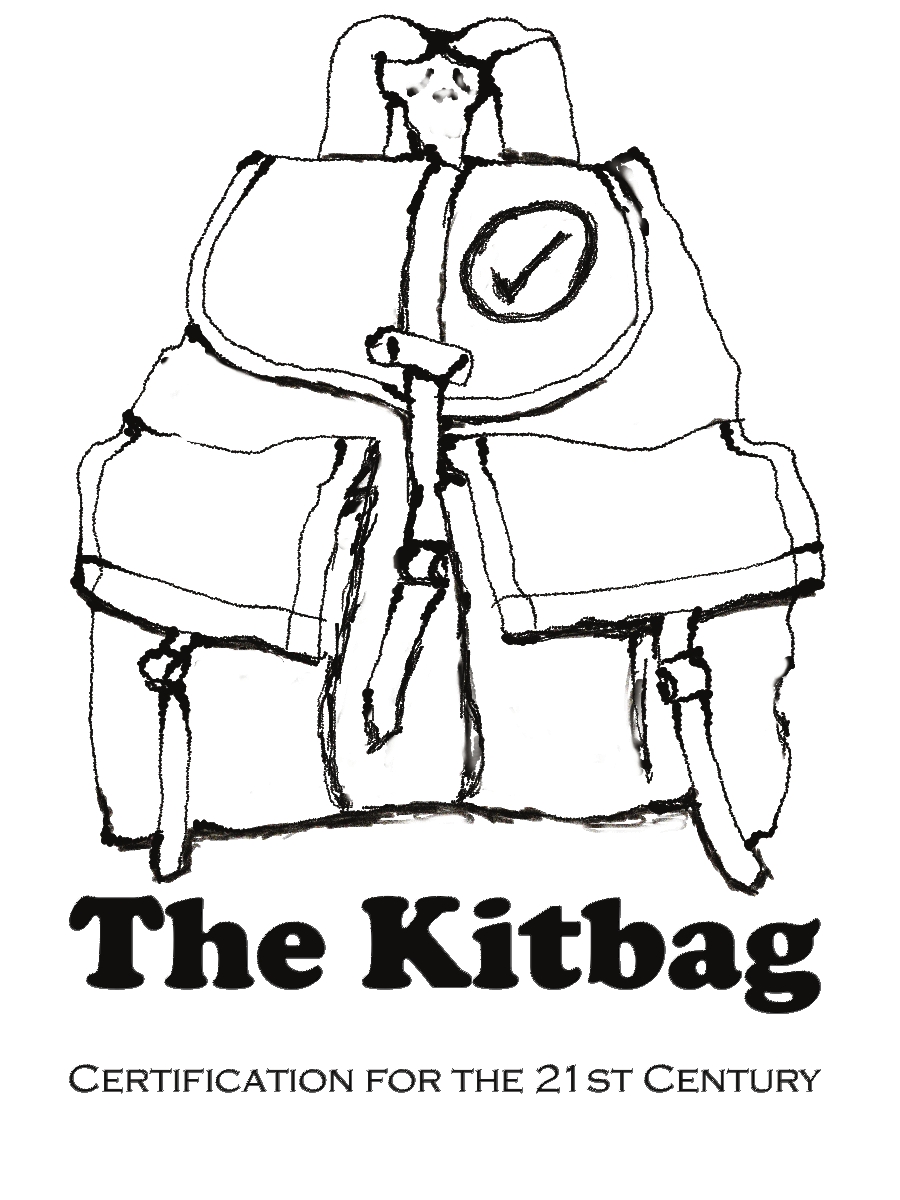So, now that you have a good idea for a new certification scheme, standard or consumer label. My next question is what type of scheme do you want to create.
So to help get your brain working I have listed a range of types of schemes that have been used by other folks. The test is to figure out what you are tying to do with your idea and then select the type of scheme that you can use - or better yet create a new idea that steals from several of these...
Bench-marking schemes
This approach is designed to compare a number of schemes that are out there. There are a number of ways that this can be done. The most common approach is to design a set of criteria and then evaluate other schemes to see how measure up against them. In the these systems the goal is to establish which schemes meet the benchmarks.
The schemes that are recognized as meeting the criteria can use that recognition to gain market acceptance.
EXAMPLES: GFSI (Global Food Safety Initiative), GSTC (Global Sustainable Tourism Council)
Product standard
In some ways this approach is one that is the most well understood by producers and consumers. In it the scheme is designed around the performance of the product and not by how it is produced, the sources of the materials, the treatment of workers or any other factor that is not inherent in the product.
Product standards may apply to one or several characteristics of the product. For example a standard may focus on the energy efficiency of a window but not on its durability, how breakable the glass is, or whether or not it may fall out of its frame.
Many products are produced to conform to more than one product standard. Just look a the AC adapter for your laptop or the bottom of your coffee maker and you will likely see several certification marks.
Standards that focus on one or a set of related characteristics can be very useful, they also allow the producer, retailer or consumer to select the ones that are relevant for the product.
In the case of upholstered furniture you may want them to be certified for fire resistance but only those that have an electric motor in them may need an additional certification for electrical safety.
EXAMPLES: Look at the back of your computer or power brick for lots of product certification marks.
Management System Standard
These standards are a relatively new phenomenon in the standards world. The first of these standards appeared in the 1970's. Over time the benchmark ISO 9000 family of standards appeared in the 1980's.
Management systems standards describe the structure and function of the policies, procedures and practices for the management of an organization. These standards do not include any performance minimums beyond those set for the management system.
The point of management system standards is for the organization itself to set its own performance objectives (quality, environment, social responsibility) and to use the system to achieve them.
EXAMPLES: ISO 9001 Quality Management Standards; ISO 14001 Environmental Management System Standards
Process or Production Methodology Standard
These standards focus on how something is done rather than the management system or the specific characteristics of the product or service. As a result, these standards focus on areas like worker rights, the treatment of animals or how resources are extracted.
In these cases it is not possible to determine the difference between a conforming product from one that does not conform by objective tests applied to the final product. When subjected to laboratory tests a salmon filet from an MSC certified fishery would perform exactly as one from a fishery that is not certified.
The goal of these systems are to change the systems of production to have less impact on the society, environment or culture where the production is occurring.
EXAMPLES: Forest Stewardship Council (FSC), Marine Stewardship Council (MSC) and Roundtable for Sustainable Palm Oil (RSPO)
Value Chain or Chain of Custody Standard
These standards are used in two ways. First, they are commonly used to support Product Standards and Process or Production Methodology Standards to ensure that the certified product sold is actually the product that was produced. This way the client who purchases a prescription can be assured that the medication purchased is the same physical item that the manufacturer produced.
They can also be used to provide assurance to consumers about all of the participants in the value chain. While first approach seeks to assure consumers of the source of the product sold the second seeks to assure the consumer about the performance through the value chain.
EXAMPLES: For the first approach the chain of custody systems of Forest Stewardship Council (FSC) and International Federation of Organic Agriculture Movements (IFOAM). For the second approach the Responsible Jewelry Council (RJC)
Drawing on Other Standards
The last of the types I will describe are those that are built on a combination of other systems' standards and certifications. These are usually used for large and complex projects or products.
One of the best examples of this approach is the LEED system (Leadership in Energy and Environmental Design). This system is designed to for the design, construction and life cycle of buildings. Because there are so many parts to a building the LEED system specifies that products or services must be certified to specific systems. This way the LEED system can draw on the experience and expertise of other schemes for complex areas such as responsible forest management for the wood used or energy efficiency of the lighting systems.
EXAMPLE: Leadership in Energy and Environmental Design (LEED)
